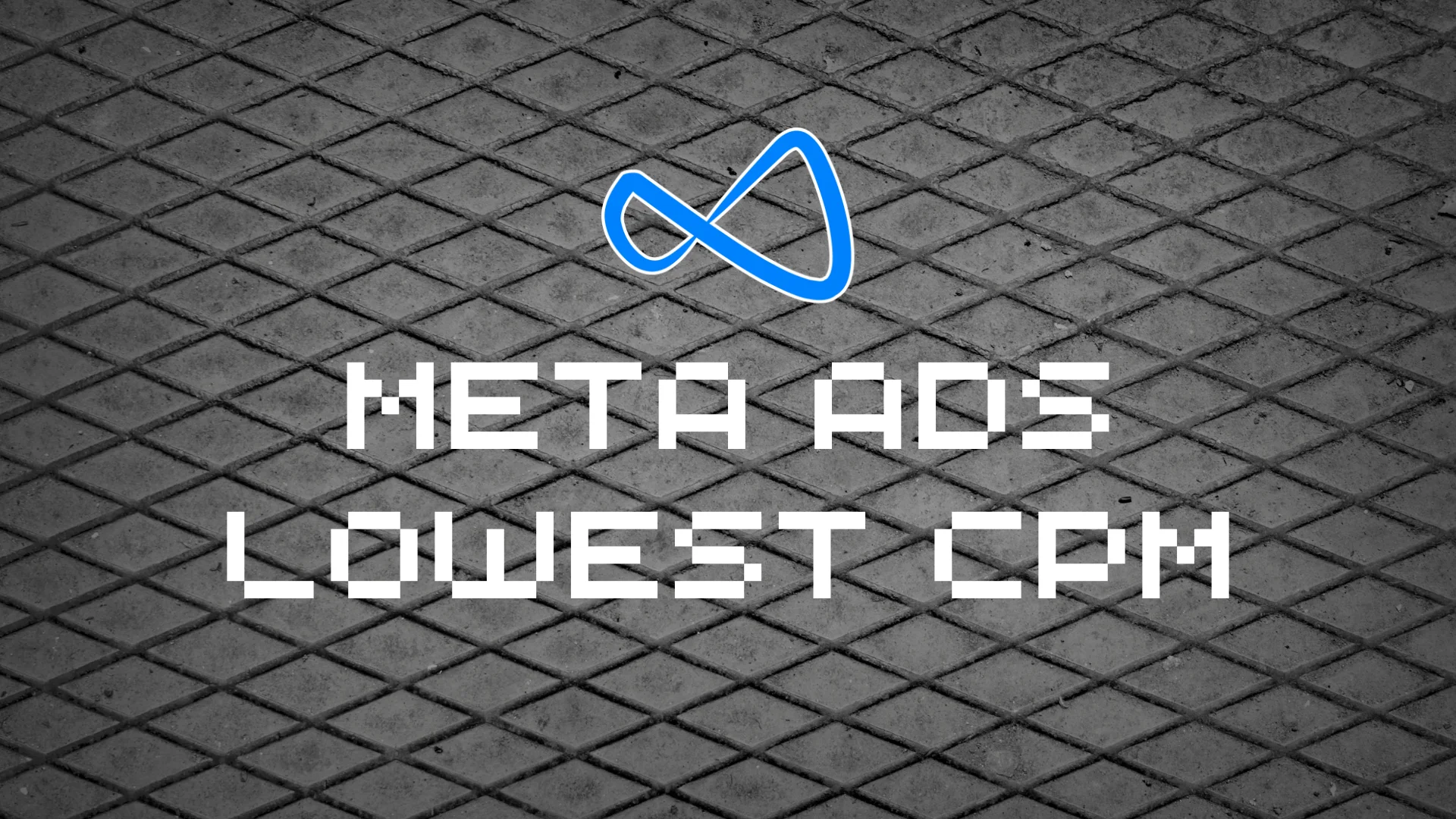If your office has decided to introduce a new messaging app to improve engagement across your team, you’re not alone. Previously, companies used email to communicate with teams and clients. Then, internal messaging apps like Slack, HipChat, and Microsoft Teams came into the picture. They promised higher productivity. They also promised they’d “kill” email. But at what cost have they killed email? Have messaging apps made us more productive, or is it the same as it was before? Why have we chosen them over emails? Nowadays, companies empower employees to communicate with business instant messaging software for a more collaborative and friendly work environment. Do messaging apps affect workplace productivity? Messaging apps can be both positive and negative for workplace productivity. On the positive side, they facilitate quicker communication and collaboration, allowing teams to get things done faster. They also reduce email clutter and improve accessibility for remote workers. However, constant notifications and distractions can hinder focus, and information overload can occur in busy chat channels. Businesses have their reasons and ways to use messaging apps. While some of them may still be convinced that emails are dead, productivity is increased, and team coordination has gotten better, is that what actually happened? Let’s discuss the ways messaging apps are costing workplace productivity. A study explored that workers losing focus isn’t necessarily their fault. In fact, it notes: “Workers aren’t always to blame for distractions,” it said. It went on to say that this new class of business apps mimics the instant messaging apps that people already use in their personal lives. Another study about Slack showed that people spend an average of 10 hours a day on the app, which is 67 percent more than the average time spent on email. These apps maintain a constant presence throughout the workday, and often before and after work as well, further blurring the line between a proper work-life balance. Why do businesses prefer messaging apps nowadays? There are several reasons why different business teams prefer to run their daily operations via instant messaging apps as compared to email. Here are a few reasons to put instant messaging apps above emails. 1. App interfaces are more chatty, casual, and fun over email Open Slack, and their SlackBot will greet you. You can add social media to Slack or even find a new way for your team to connect. Slack even has “Social & Fun”’ apps as part of its apps directory. These apps are built to bring the human connection to the workday. The concept of starring the people you talk to the most and them staying at the top of your list makes it incredibly easy to start a new conversation. While the functions these apps offer might not be different from what email offers, these apps make them look undeniably good with friendly interfaces, reliability, strong search function, and even better speed. We just prefer the infinite chatty one-line messages to an overflowing inbox. Which one is better is still debatable. 2. They encourage real-time communication and multitasking In a SlideShare presentation, a product manager told how work performance fluctuates with and without messaging apps’ interference. While you can always drop in and out of chat channels while using in app messaging software used at your workplace, if you are a member of a particularly active channel, you might as well spend all day there. Goofing off on Slack is really fun. Many of us try to retrieve time by multitasking. But multitasking doesn’t work. With too much communication and connection being the agenda of these messaging apps, you may also read through the scroll channels that are devoted to hobbies or snacks. However, wasn’t the overall idea to improve workplace collaboration and become productive? 3. These apps did not really replace email They reduced it. An article notes that asynchronicity and openness are email’s secret weapons. Most companies still use multiple apps to manage work. While a messaging app is in place to improve communication across teams, teams also use Trello to manage projects, email is still used for client communication, Dropbox is used for file management, and the list goes on. While a productivity platform should be something you use less than the thing you used before, keeping up with too many tools, emails, meetings, and messages is becoming a thing. While a team chat app was supposed to help you work, it is making it impossible to get work done as it has become just one more demand on your time. Fewer emails, faster communication, easier project management and coordination — all of these are what these messaging apps promise and also what businesses come looking for when they choose to use one. Let’s break this down. 4. They have given birth to a new “office culture” As random as that may sound, people ‘know’ about these apps. The more I talk with fellow managers, the more it is evident that they do not think of messaging apps as a necessity but as something that has become a part of workforce management today. Thanks to all the marketing material available, these apps have earned word-of-mouth enthusiasm. One cannot simply ignore its simple user interface, interactive templates and the comfort it has introduced in our daily lives. The FOMO is real. Many businesses, regardless of their size, management style, industry – whatever – can’t help but switch to messaging apps for day-to-day communication and ease of interaction. It’s “cool office culture”, available for instant download,” Slate declared five years ago, as the phenomenon was taking hold. The same article by Slate also tells how an associate editor at The Frisky campaigned for her coworkers to get on Slack “solely out of jealousy.” “There was a definite sense of missing out not being on Slack. Like, being able to work-chat isn’t enough now. Slack itself has become a corporate character.” 5. Apps fulfill what the majority of professionals want Millennials became the largest segment in the U.S. workforce in 2016. They also are the most studied generation of all time. A study by Fairygodboss based on 200 in-depth interviews with “high potential” millennials found that millennial employees are interested in 4 things and “more communication”, unsurprisingly, is one of them. The study says that millennials value real-time two-way communication because it facilitates transparency into issues and problems. Research by Gallup says: “Millennials are first-generation digital natives who feel at home on the Internet.” It also says that they are the least engaged generation in the workforce with 85 percent of them accessing the Internet from their phones. Messaging apps used in the workplace allow them to check their phones all the time. Emojis and zings become part of employee relationships and engagement. And with 55 percent of millennials feeling not engaged and 16 percent of them feeling actively disengaged, messaging apps make them feel super important as they are to work with the idea of “never turn off”. In short, when it comes to the importance of engaging millennials in the workforce, employers look on the bright side and think what millennials want may be to the benefit of all employees and thus, it’s better to embrace their work ethic. 6. Messaging apps can increase workplace productivity According to research from IDC, these types of “team collaborative apps” are part of what’s a $3.5 billion global market. A blessing in disguise, these apps became necessary to keep organizations running smoothly, as work increasingly moved remote and global. In 2012, McKinsey said that workplace communication technologies have the potential to increase employee productivity by 25 percent. According to this study, the average interaction worker spends an estimated 28 percent of the workweek managing email and nearly 20 percent looking for internal information or tracking down colleagues who can help with specific tasks. The study figured people would be able to easier and quicker achieve what they wanted using a new workplace software. That’s what might have happened to an extent, but other problems had risen, too. Use the following tips to “get out of the labyrinth”: Look for other ways to increase productivity Replace multiple apps with one Personal solutions The experience with these apps is so immersive that we often think of it as the sole way to increase productivity. However, it’s recommended to look for other ways to boost workplace productivity, too. It’s better to…
Source link























